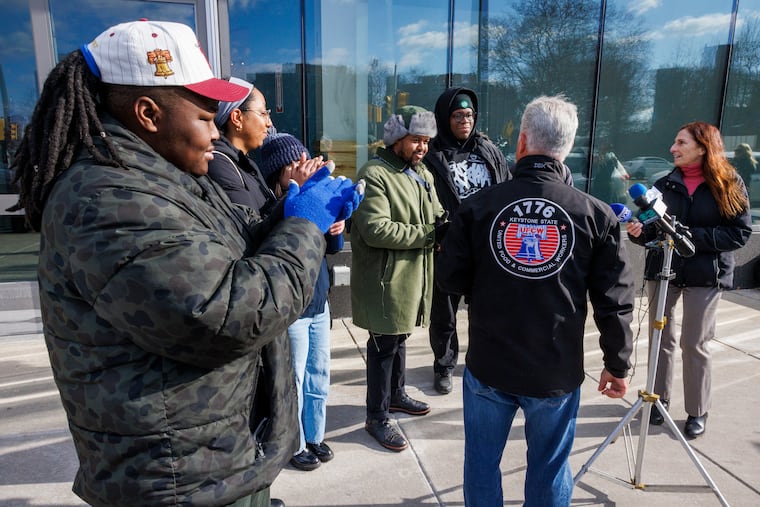ICE Conducts Military-Style Raids in Los Angeles: Key Details Revealed

Los Angeles recently experienced a series of significant immigration enforcement operations conducted by federal law enforcement agencies, which has resulted in the arrest of numerous individuals and sparked extensive public protests throughout the city. The coordinated actions, perceived by many as heavy-handed, have heightened discussions on the rights of undocumented individuals and the approach of federal immigration practices.
Federal agents from multiple agencies, including U.S. Immigration and Customs Enforcement (ICE), the Department of Homeland Security (DHS), the Federal Bureau of Investigation (FBI), and the Drug Enforcement Administration (DEA), executed these operations across various locations in the early hours of Friday. They targeted individuals they suspected of immigration violations and used an aggressive operational style that raised alarms among civil liberties organizations. Legal observers, including representatives from the American Civil Liberties Union (ACLU), reported that the arrests were notably executed without judicial warrants, further intensifying scrutiny over the procedural integrity of the operations.
The raids primarily concentrated in downtown Los Angeles and nearby areas, which are known for their diverse migrant populations and labor-intensive industries. Reports indicate enforcement actions at seven sites, including local businesses and day labor centers, which serve as critical employment hubs for many immigrant workers. Advocates have flagged the significance of these areas to the local economy while expressing concern for the human rights implications of aggressive immigration enforcement tactics.
ICE and Homeland Security Investigations (HSI) officially disclosed that 44 administrative arrests were made, but community advocates estimate the actual number is likely higher. Accounts from members of the National Day Laborer Organizing Network suggest that the total number of detentions could be between 70 and 80. Despite these claims, only a limited number of defense attorneys have been allowed to access detainees, highlighting potential barriers to legal representation.
The manner in which these raids were conducted drew considerable condemnation. Eyewitness reports described agents outfitted in tactical gear and heavily armed, utilizing military-style vehicles to conduct operations, which many observers likened to counterterrorism measures. The ACLU characterized the operation as “oppressive” and noted that it incited panic and fear within the local immigrant community.
In response to the raids, large-scale protests erupted, with demonstrators gathering outside the Edward R Roybal Federal Building, demanding the release of detained individuals. The Los Angeles Police Department (LAPD), although not directly involved in the operations, was called to manage the escalating protests, which led to confrontations and a significant police presence that employed crowd dispersal methods such as tear gas.
Public and political backlash ensued, with Los Angeles Mayor Karen Bass and California Governor Gavin Newsom publicly denouncing the operations as disruptive to community safety and reflective of misguided enforcement policies. Conversely, officials within the previous Trump administration defended the actions, suggesting that local leaders were undermining federal law. This divergence underscores the ongoing debate over immigration policies and their societal consequences.
As the situation continues to evolve, the well-being and legal status of detained individuals remain uncertain, emphasizing the need for thoughtful discourse on immigration reform and community protections. The ramifications of such actions resonate deeply within immigrant communities, necessitating a reassessment of enforcement strategies that align with fundamental principles of justice.
#PoliticsNews #CultureNews






